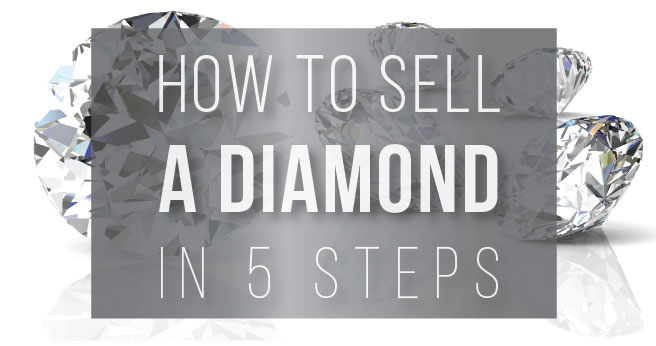
How to Sell a Diamond in 5 Steps
For most non-jewelers looking for how to sell a diamond, the thought of where and how to sell can be intimidating.
Typically, the first step is to go online and start searching for diamond buyers who pay the most cash for your diamonds. Then, after you find yourself sorting through an endless list of companies who claim to be the ones to whom you should sell your prized possessions, a few obvious questions come to mind:
- How do I know that I can trust this ‘jeweler’?
- Even if the diamond dealer is reputable, how do I know I’m getting the most for my diamonds?
- What’s the best venue to sell a diamond—at an auction? A pawn shop? Through a local diamond buyer? eBay?
While everyone’s situation may be different, the ultimate goal is the same: to find a reputable diamond buyer who will pay the most cash for your diamond and diamond jewelry. In this post, we’ll help you make the most informed decision on how to sell a diamond.
Step 1: Brush up on your diamond basics.
Selling a diamond is actually not much different from buying one. In both cases, it always helps to get an understanding of worth—especially because there is no definite measure for determining resale price.
First, take some time to learn a bit about the 4 Cs (cut, color, clarity, and carat). Arming yourself with this knowledge will help you understand how they impact the value of your diamond, thus giving you an advantage when you’re selling.
Do some research online to see how your diamond compares to others with similar characteristics. Take a look at online jewelers or retail stores to see what similar jewelry sells for, then factor in a discount for previous use. Keep in mind that when it was originally purchased, the jeweler had an expense to manufacture the piece and made a profit based on that cost. Depending on where the jewelry was bought, markups can vary widely. Those expenses generally cannot be recovered as buyers will make an offer based on the current market value of the materials.
It also helps to get an unbiased review on your diamond from a qualified appraiser. Appraised values will give you a general indication of a current retail value for your items, not what you should expect to sell them for. If you have the funds to pay for a formal review, have one done by someone reputable and who doesn’t buy or sell diamonds. They can give you an accurate assessment of your diamond’s quality, authenticity, and other characteristics that could affect its value. It can also help the buyer double check their own assessment against a third party’s professional opinion.
We recommend taking a look at our practical and easy-to-read DIAMOND GUIDE. Here are some highlights:
- Learn about the relationship between diamond quality and market value
- Common diamond questions
- Misconceptions about diamond value
Step 2: Evaluate your options.
Now that you have a better understanding of your diamond, the next step is to decide where to sell it. Like many people selling a diamond for the first time, deciding where to sell it can be frustrating.
We suggest first seeing the jeweler who originally sold you your jewelry to see if they are willing to buy it back at a good price. However, because independent jewelers are usually the only ones in the position to buy back jewelry, and because many are often unwilling to buy back at all, you can evaluate other local options.
You can either sell to the general public or to the jewelry industry. Selling to the jewelry industry, such as local jewelry stores, pawn shops and online diamond buyers, won’t guarantee you top dollar, but will most likely result in a safe, quick sell. If you find some potential buyers inside the industry, do some research into their credentials. Look to see if they belong to an accredited industry society or group, such as the American Gem Society, and also search for their Better Business Bureau rating and real customer reviews to ensure they practice ethically.
Another option is to sell to the public. Many start online. In 2014, online jewelry and watch sales in the U.S. totaled a record-breaking $78.1 billion. eBay is one platform to consider if you’re a highly rated seller who is familiar with buying and selling on the site. Be sure you have a firm understating of your jewelry’s true value. You can also search classifieds (on craigslist.com or even in your local newspaper)—but keep your safety in mind and avoid suspicious people, who can be out to scam you, or just be downright dangerous. To learn more about online venues, be on the lookout for our upcoming blog post on where to sell jewelry online.
You can also sell to the public through a dealer or a consignment shop, both of which will sell for you. Because they will be selling to the public, and due to their experience, they might be able to get you a better price. Only go with this option if you can afford to pay them a commission (sometimes up to 40%) and understand that there is no guarantee your item will sell at all. Again, do your background research on potential dealers and make sure to get strong references. You’ll be handing your diamond over to this individual, so trust is imperative.
Step 3: Gather any available documents.
Any report on cut, shape, carat weight, clarity, color, dimension, fluorescence, light behavior and symmetry will help justify your asking price and help you get a qualified buyer. You should include all documentation you received when you first purchased your diamond, such as a lab grading report.
Even if your certificates are more than a few years old, an experienced buyer should be able to verify whether or not the grading still holds up. In certain cases, it may be a good idea to get a re-certification from a reputable lab such as GIA. The most trusted organization is the GIA (Gemological Institute of America), who provide a report that’s widely trusted by diamond experts for unmounted stones. AGS (American Gem Society) is another reputable with very stringent grading standards. Many other independent laboratories exist but most are not as consistent and some are outright terrible.
Other documentation may help, but their value depends on their origin, since diamond grading standards vary. While GIA and AGS are highly considered, accredited appraisers can also provide documentation for your diamond. Have these reports available to show your potential buyer, which will help you establish credibility as a seller, making a sale more likely.
Step 4: Contact potential buyers.
Now that you have knowledge about how to sell a diamond, know where you can go to sell, and have all the right documents, it’s time to start contacting potential buyers to gauge interest. Have a few buyers in mind to present your diamond to, to ensure you get the best offer.
However, when getting ready to sell, first make sure you’re ready. Diamonds often represent something much more meaningful than just a piece of jewelry, but you must be ready to move on from your beloved items. Leave emotions out of your sale and don’t overprice your diamond due to memories—your sentimental view won’t justify price to your buyer. Instead, contact them with a realistic price based on your diamond’s characteristics. That way, you’ll avoid setting yourself up for disappointment by pricing too high.
Step 5: Make the sale
Avoid taking the first offer that comes along. Instead, carefully review offers to eliminate those who try to get you to price too low. In case someone does make an offer, know how far you plan to negotiate under your selling price, and stick to it. Only make a sale if both parties can agree to a price.
Oftentimes, choosing the right buyer may not always depend on price. It can come down to how much you trust the buyer and how quickly you can settle a sale. Only go through with a sale if you’re 100 percent% comfortable with what’s going on. Whichever venue you sell through, assure your personal safety—you’ll be making a high-dollar transaction with a stranger, so there’s a certain level of risk involved. Most buyers will want to examine the diamond in person. Meet in a public place, and never give out your home address to non-industry buyers. If possible, bring someone else with you.
When thoroughly researched, you can get the most for your diamond without confusion or frustration. Still need more tips on how to sell a diamond? Speak with one of our expert buyers today.
Good luck!
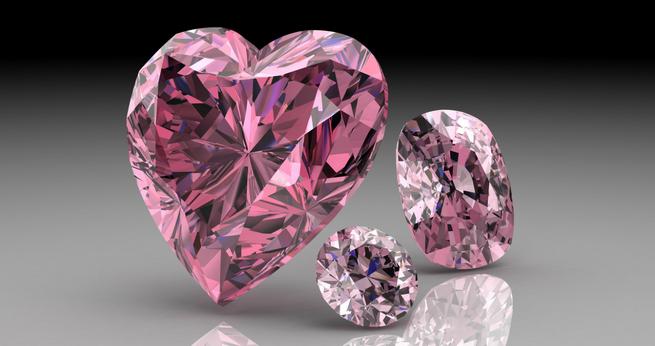
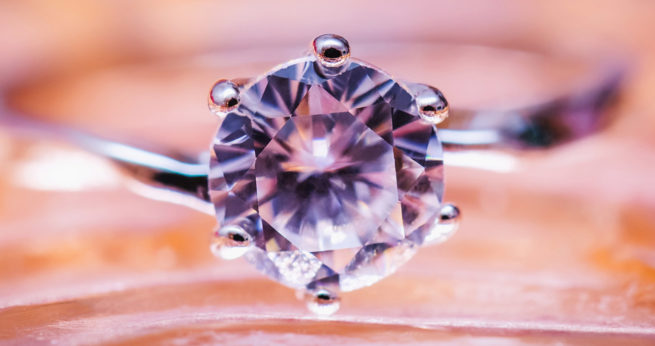
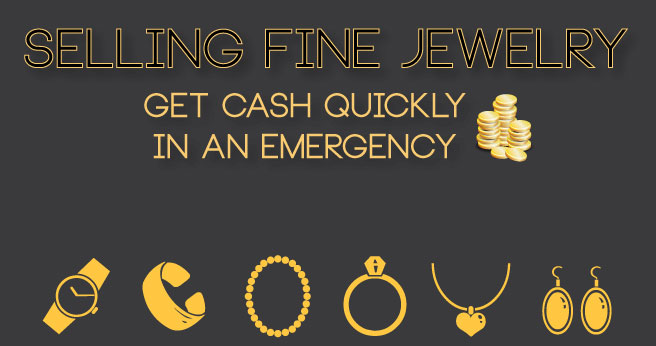
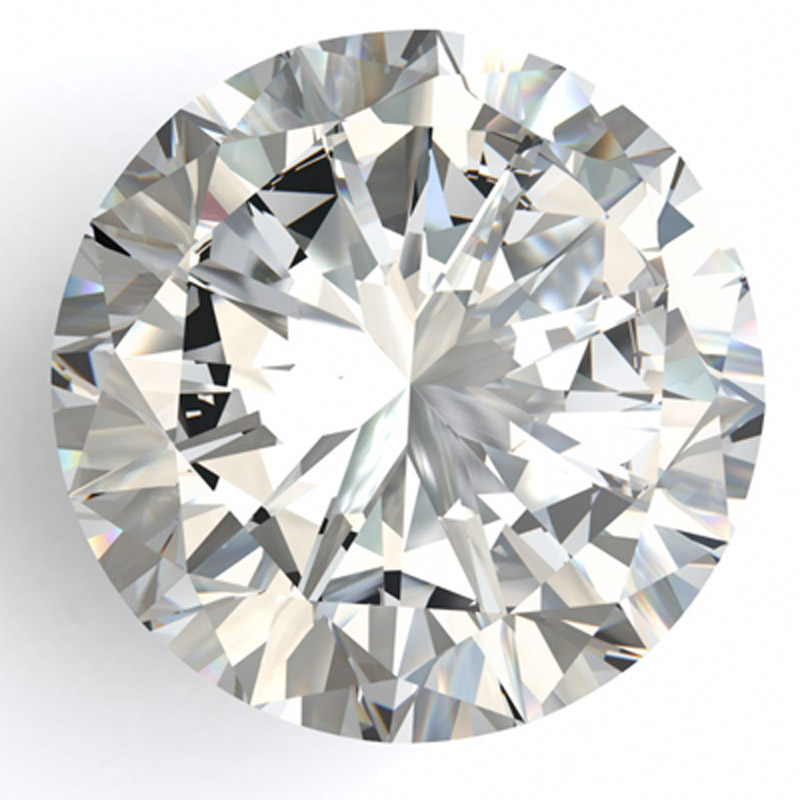
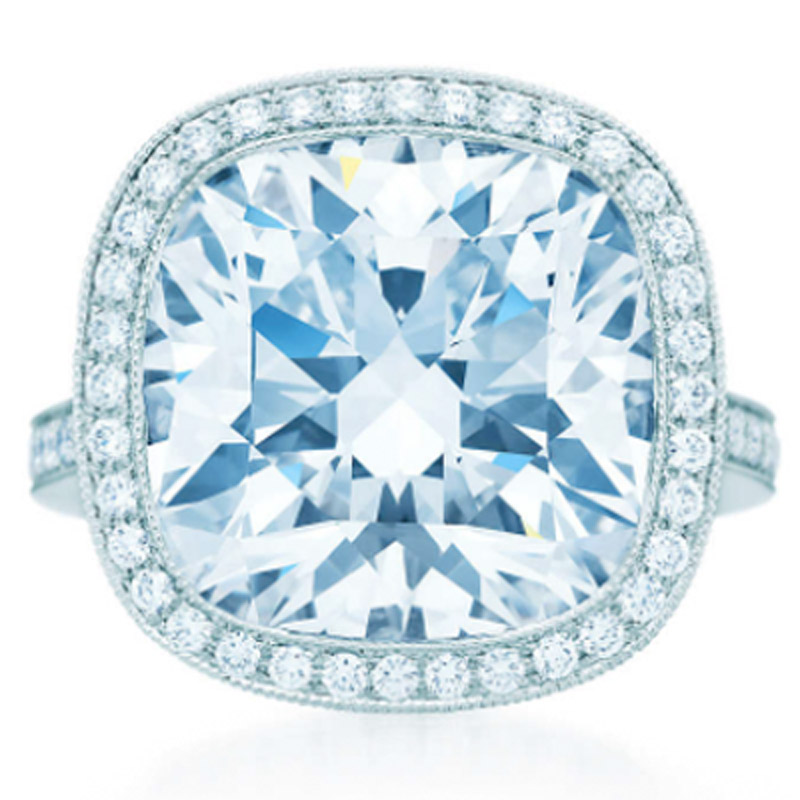
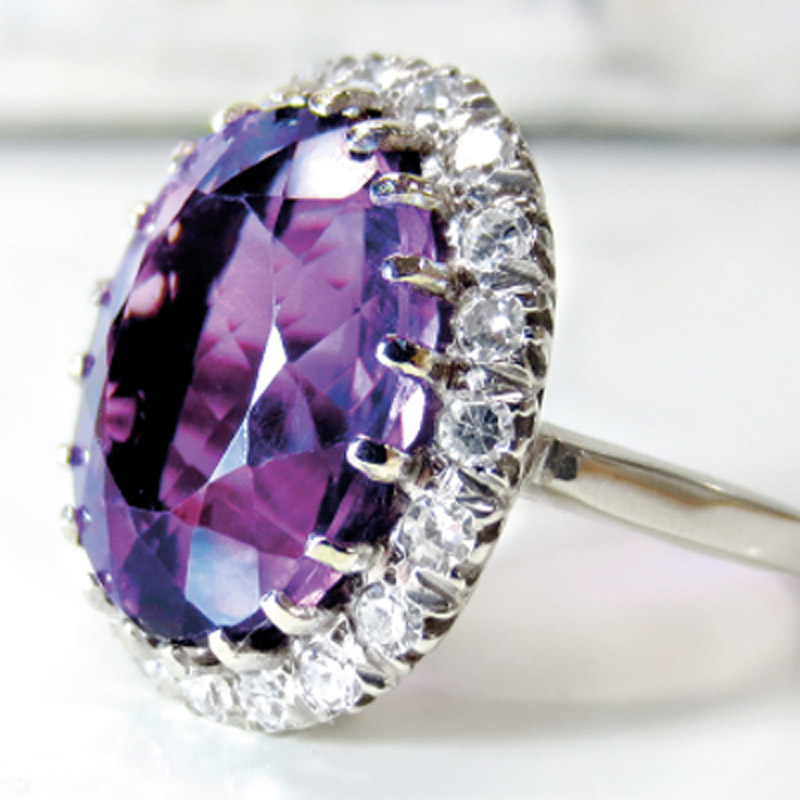
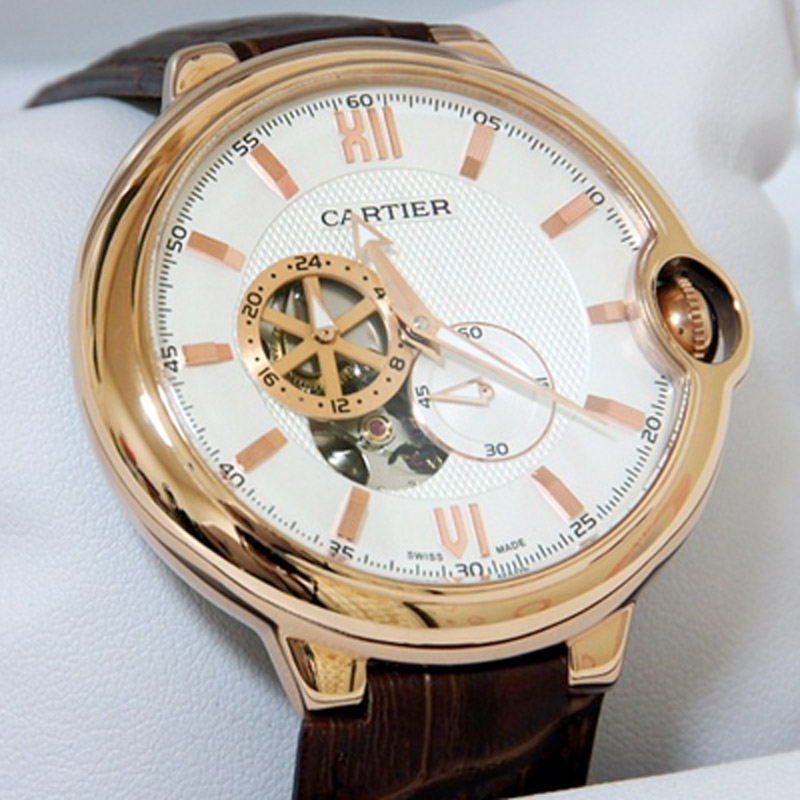
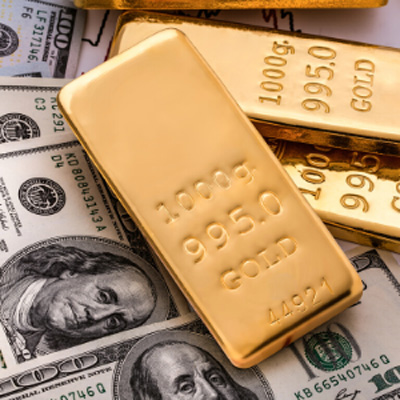
0 Comments